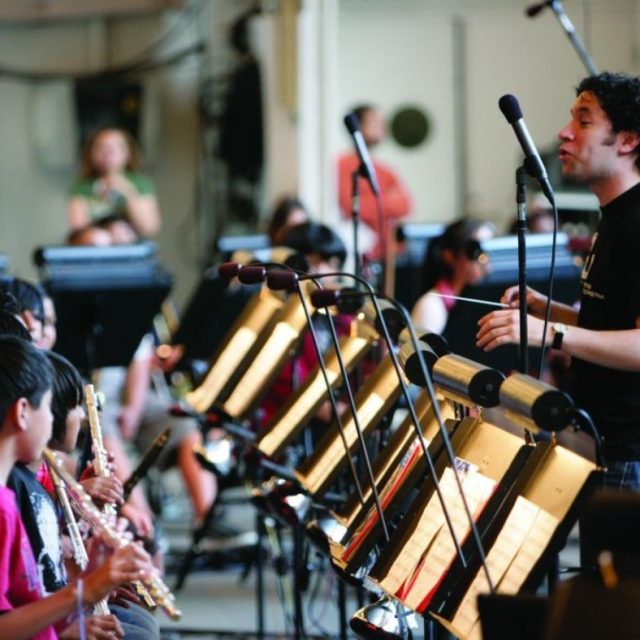Beyond blockbusters: bringing cinema and harmony to Rio’s favelas
Project: ‘Cine Carioca Nova’ neighbourhood cinema breaks down barriers

The Purpose
In Rio de Janeiro, vulnerable communities are part of the urban reality and have been the target of various public policies, such as infrastructure and urban regeneration programmes. The Brazilian state has a constitutional commitment to provide access for all to cultural experiences. However, in Rio, a city experiencing high levels of inequality, this human right is not always fulfilled. Only 9% of the city population regularly attends a cinema. Reasons for non-attendance include lack of access to a screen within a reasonable distance, expense and elitism. Given that cinema can be an important way of encountering other cultures and ideas, the city government decided it was important to encourage more people to go.
The Challenge
To create a community programme which uses cinema to break down boundaries, revitalising deprived urban areas and improving social inclusion.

The Solution
CineCarioca marries cultural intervention with social aims; it is the first neighbourhood cinema ever located in a Brazilian favela. This has inspired a wider programme, which aims to increase access to culture across the city, revitalising deprived urban areas and improving social inclusion. CineCarioca does this by constructing and providing high-standard movie theatres at affordable prices in areas of the city currently lacking in cultural spaces. The scheme addresses several municipal policy priorities and is subsidised (as are its tickets) by City Hall, via its audiovisual investment company Rio Filme.
Efforts focused on areas where access was previously poor, in particular, the recently pacified favelas. In December 2008, the first of the Pacifying Police Units (UPPs), created by the Security Secretariat of the State of Rio de Janeiro, was deployed. The new model of public safety and policing aimed to restore legal and institutional control of the territories through community policing. Pacification has enabled the improvement of public infrastructure and services in these areas.
The first area to get a new cinema was the Alemão favela complex (Complexo do Alemão), which until 2010 was one of the biggest drug-dealing strongholds in the city. It is composed of 15 communities with around 70,000 residents, many of whom (especially young people) are neither studying nor working. The complex lacked cultural spaces, including cinemas, and DVD piracy was a major problem.
City Hall funded the building of a neighbourhood cinema with 90 seats, tickets subsidised at US$2, and four screenings per day, with domestic and foreign premieres and special screenings for local schools and students. The cinema is now run by a private company. After 45 months of operation, more than 200 movies have been screened, reaching an audience of more than 250,000 people. This works out to US$6 invested by the state per citizen. Around 14,000 students from public schools have taken part in an after-school program called CineCarioca Escola.
The Impact
The project has redrawn the territorial and human boundaries of the city. Many people who live in Complexo do Alemão now feel more confident about exploring the rest of the city. The cinema has helped many residents to think more broadly about their life potential. There have also been positive economic outcomes: small businesses in the area of the cinema have grown; the cinema employs people from the neighbourhood; ATMs have been installed for the first time; pirate DVDs are no longer sold.
Following the success of the first cinema in Alemão, in 2011 the second CineCarioca was inaugurated in Meier. The North Zone neighbourhood movie theatre has three screening rooms (one is 3D) and sold 150,000 tickets in its first 10 months of operation. The intention is to build one new CineCarioca per year.



